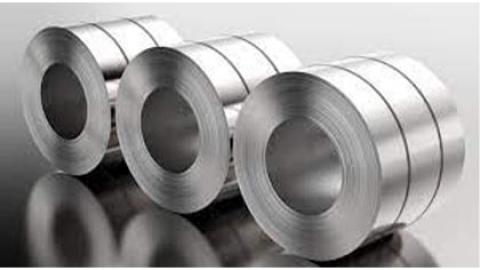What Grade of Steel Do I use in My Cold Formed Steel Project

Steel Grade
Steels used in cold formed steel structures come in different strengths (i.e. grades). These strengths vary from slightly under 200 Mpa to over 550 Mpa (30 ksi to 550 ksi). For load bearing applications, steel strengths typically vary from 228 Mpa to 550 Mpa (33 ksi to 80 ksi) with 344 Mpa (50 ksi) steel being the most widely used.
Regardless of the grade, steel is produced by the steel mills in the same manner. Moreover, regardless of the grade, steel specifications follow strict international standards such as the ASTM A653.
These international codes and standards do not prohibit the use of G550 steels; on the contrary, they permit its use in structural or load-bearing applications with some minimum ductility and elongation requirements that are linked to the mechanical properties of the steel. These requirements are virtually uniform across these codes and standards. The following is a summary of the North American Standard AISI-S100 (USA, Canada and Mexico):
1. Steels with elongation of 10% or higher:
• ratio of tensile strength to yield strength shall not be less than 1.08.
• Minimum elongation of 2” (50mm strip) shall not be less than 10%.
2. Steels with elongation between 3% and 10% (such as ASTM A653 grade 70 and 80 ksi):
• The yield strength, Fy, and the ultimate strength, Fu shall be reduced by 10%.
• Welded connections are excluded.
3. Steels with less than 3% elongation:
• These steels can be used for multiple web configurations only such as decking, siding, and roofing with certain restrictions.
So, why would someone choose G550 (80 ksi) steel over G344 (50 ksi) steel or other lower strength steel? The answer is obvious, the higher the steel strength, the less steel is used in the structure, and hence the more economical the design is. Using the higher strength steels does not in any way compromise the quality or the safety of the structure All cold-formed steel members, regardless of their grade, should be designed to the same criteria using the same design process (equations and tables). Therefore, if engineering and design calculations are correct and consistent the integrity of the design will not be affected. No matter what grade of structural steel is used.
The benefit of using higher strength steel, in most applications, will result in consumption and production efficiencies and savings of at least 15%.

